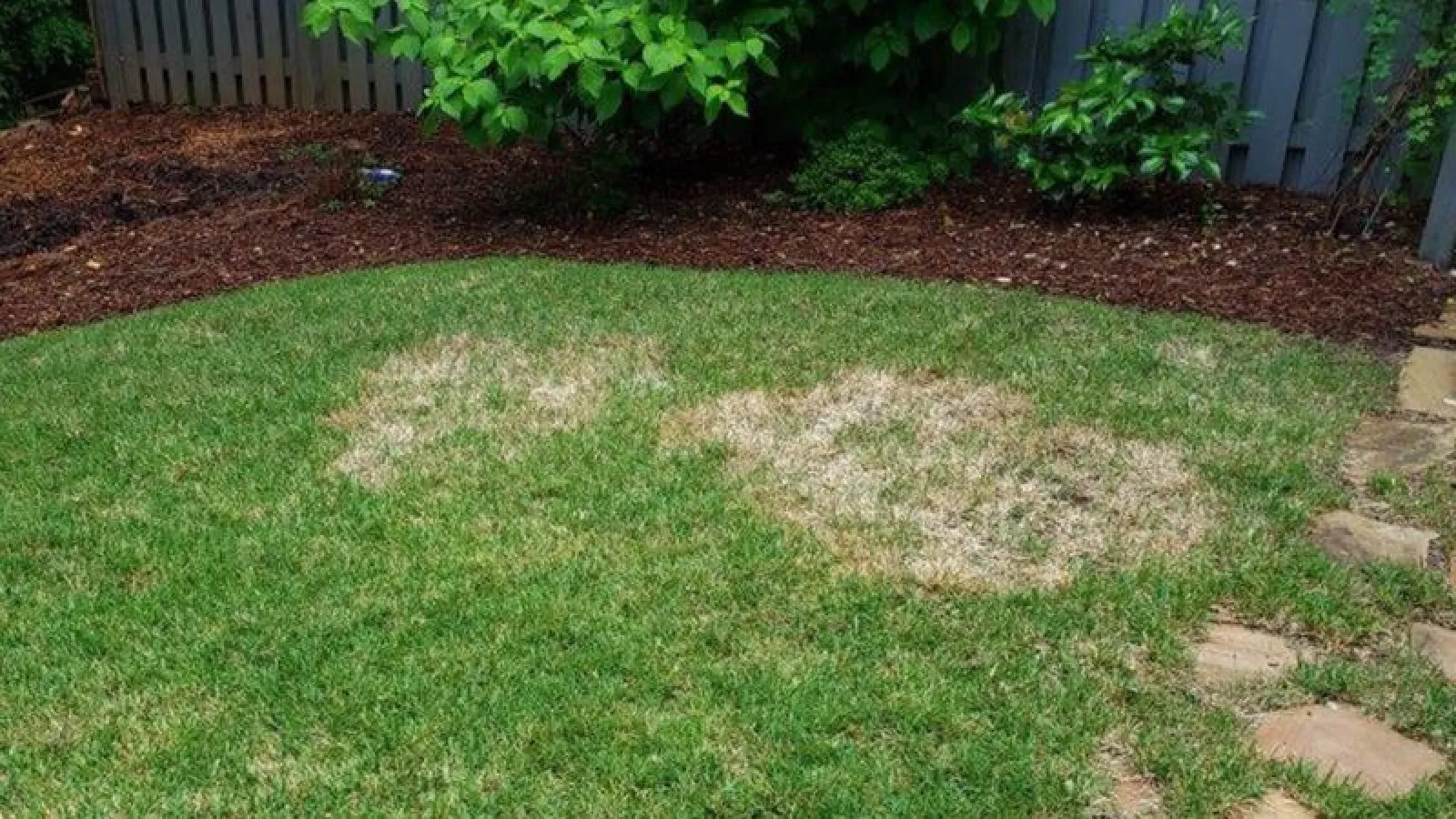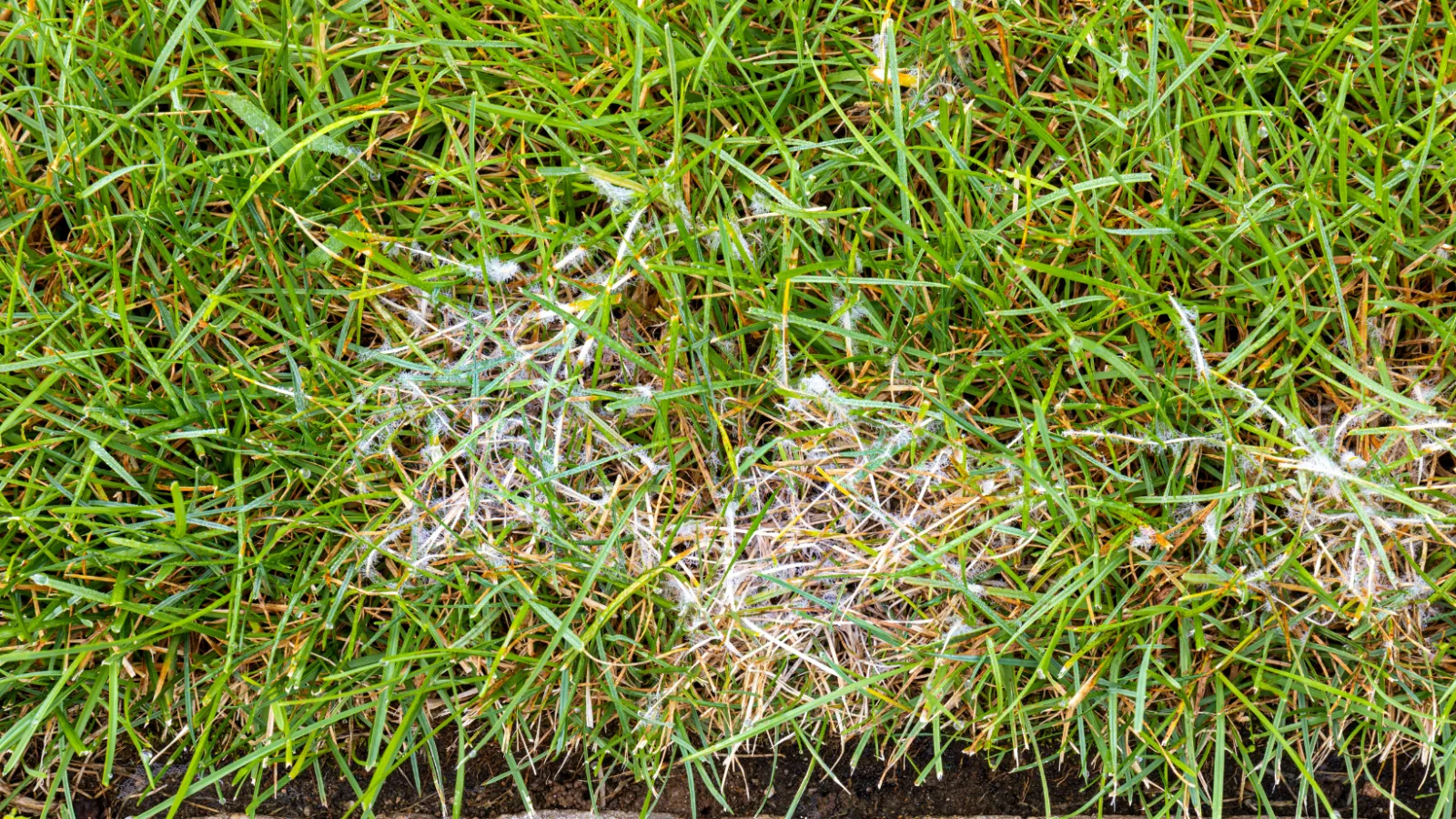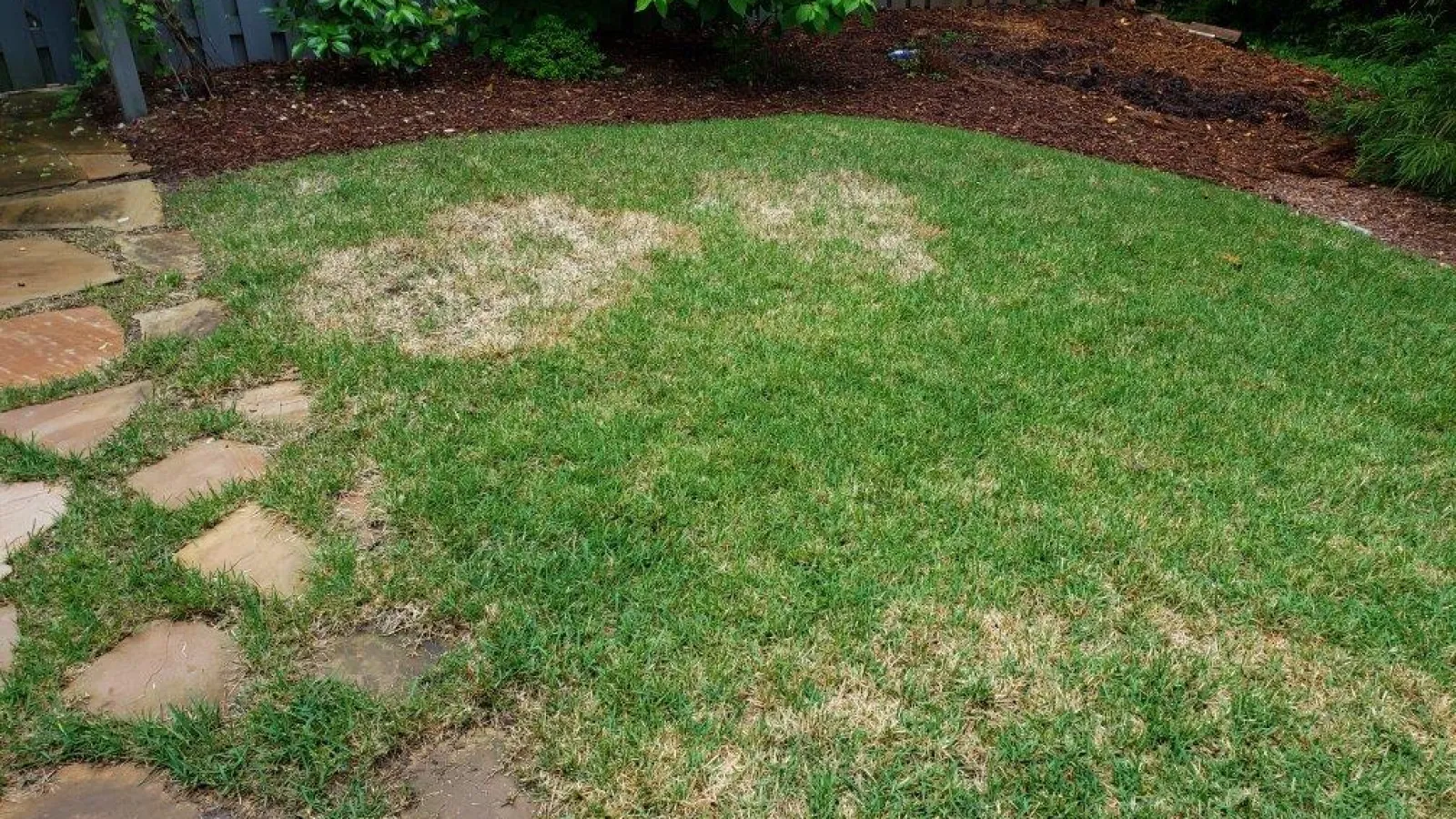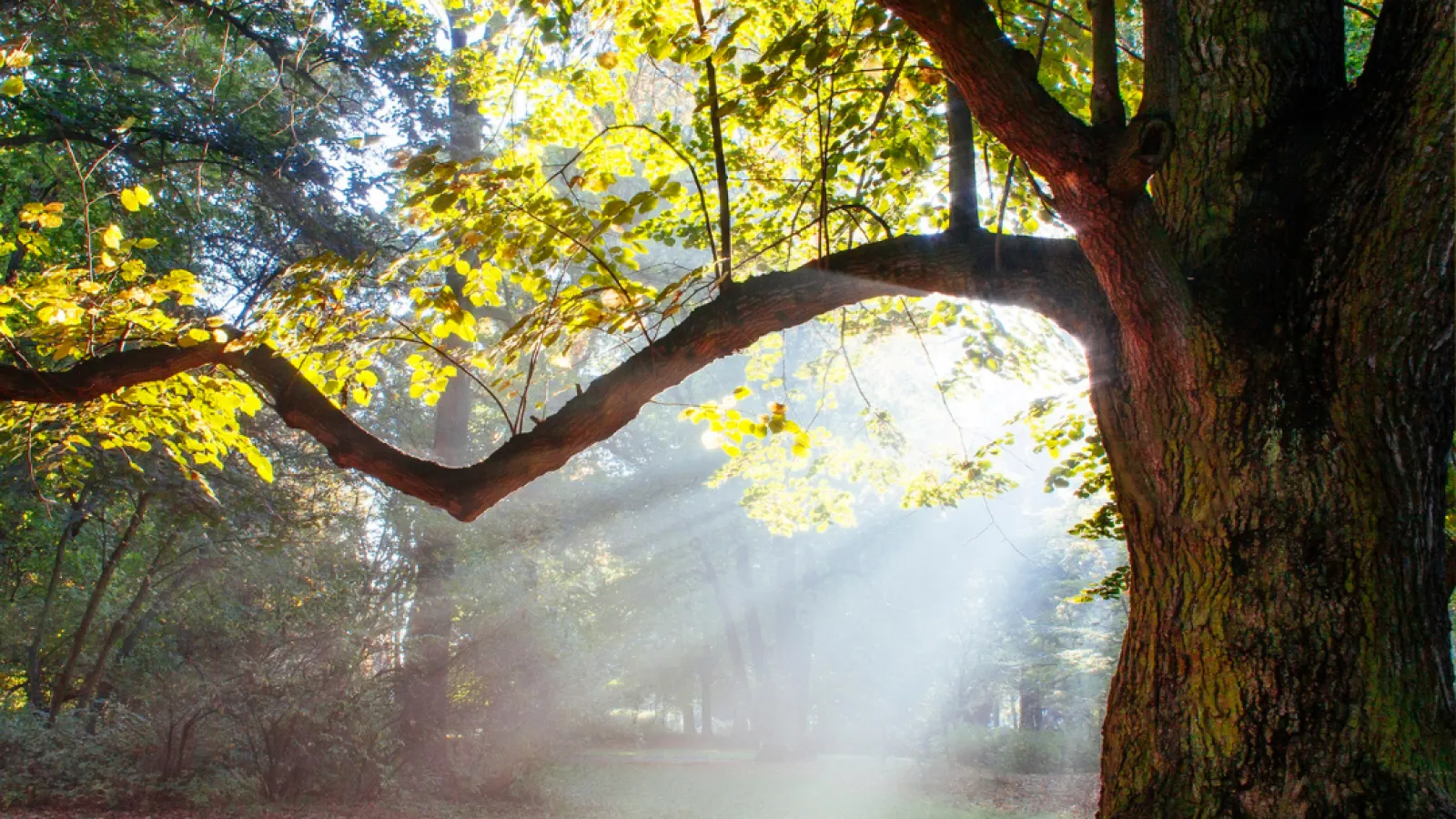
Is Zoysia Patch Attacking Your Lawn?
What Is Zoysia Patch?
Zoysia Patch is a soilborne disease caused by Rhizoctonia solani (R. solani). R. solani is the same strain of fungus that causes Brown Patch is Fescue grass and Large Patch is other warm-season grasses.
Symptoms of Zoysia patch may vary greatly with the type of grass and soil conditions. The disease usually causes thin patches of light brown grass that are circular in shape. The patches can range in diameter from a few inches across to several feet when more developed.
At times, the borders of the patches will be orange, which indicates that the disease is active. The orange border consists of newly infected plants where the lower leaves are just starting to die as the fungus invades and kills the leaf sheath below the blades.
When & Why Does Zoysia Patch occur?
Zoysia Patch occurs in the fall and spring, as it favors cool temperatures and wet conditions. But the symptoms do not always appear at this time. Generally, patches begin to appear at cool temperatures when the grass is going into or coming out of dormancy.
Lawns that are poorly drained and over fertilized will be more susceptible to this disease, as excessive soil moisture encourages fungal growth.
How To Prevent Zoysia Patch
The best way to prevent Zosia Patch in your lawn is to follow good lawn care practices. Proper cultural control includes:
- Maintain adequate nitrogen levels in warm-season grasses in the spring and avoiding excess levels in the fall. This is because the grass is slowing its growth and not able to utilize much nitrogen which can feed the fungus.
- Improve lawn drainage to avoid soil saturation.
- Irrigate grass only when needed and to a depth that is appropriate for your grass type. It is best to give your lawn 1” per zone per week of water.
- Avoid mowing when the grass is wet.
- Bag and remove lawn clippings from patch areas as they may spread the disease to other parts of the lawn.
- Never aerate the lawn when Zoysia Patch is present because this will spread the disease.
- If these cultural practices are not enough and you are still having outbreaks of Zoysia Patch, the next best way to prevent it is to have a preventative fungicide program. By getting two fungicide treatments in the fall and one in the early spring, you will greatly lessen the ability for the disease to manifest.
What If You’ve Had Zoysia Patch in the Past?
If Zoysia Patch has been an issue in your lawn in the past, you should be preventative in your treatment. Our Fungicide Treatments work best when used as a preventative measure for Zoysia Patch. Once the damage is done to your lawn, it is a slow recovery process. After a severe Zoysia Patch infection, sometimes it may take as long as two years for the grass to recover. All considered, it truly is best to get ahead of possible Zoysia Patch disease instead of having to scramble for a resolution.
Zoysia Patch is best treated by professionals, and we are here to help. We’re ‘The Nice Guys.’ For assistance, contact the experts at Turf Masters to discuss a proper fungicide treatment for your lawn.


